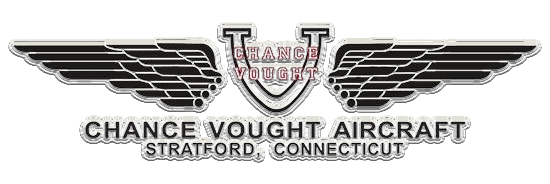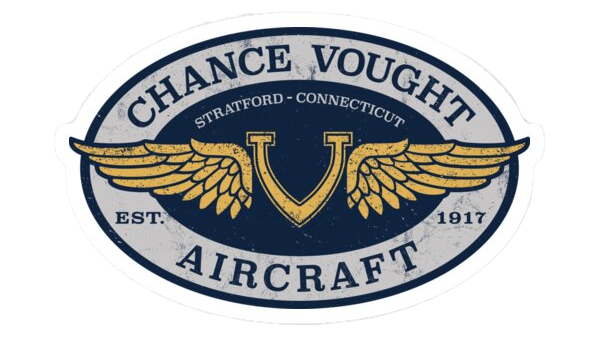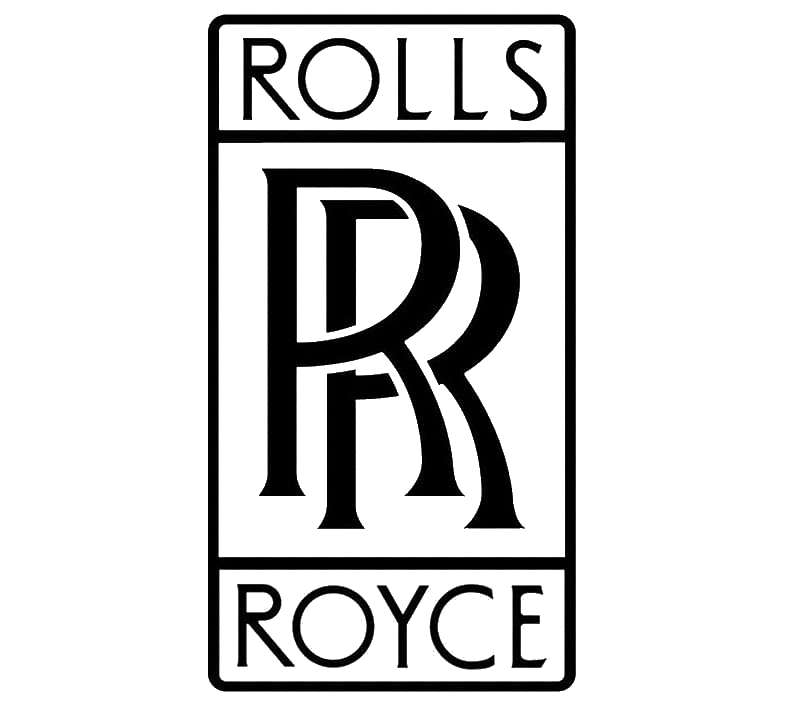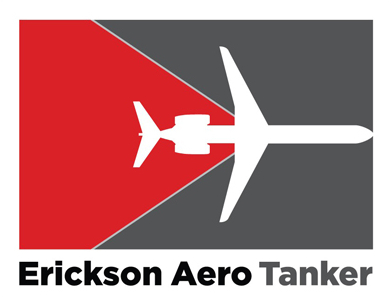LTV-Chance-Vought
F7U Cutlass
Role Naval multirole fighter
National origin United States
Manufacturer Chance Vought
First flight 29 September 1948
Introduction July 1951
Retired 2 March 1959
Primary user United States Navy
Produced 1948–1955
Number built 320
.
History LTV-Chance-Vought
F7U Cutlass "Praying Mantis"

The Vought F7U Cutlass is a United States Navy carrier-based jet fighter and fighter-bomber designed and produced by the aircraft manufacturer Chance Vought. It was the first tailless production fighter in the United States as well as United States Navy's first jet equipped with swept wings and the first to be designed with afterburners.
The Cutlass was developed during the late 1940s and early 1950s as Vought's entry in a United States Navy competition. Their design team, which was influenced by design information obtained from Nazi Germany, opted for a tailless configuration paired with low aspect ratio swept wings, which was regarded as a radical departure from traditional aircraft design for the era. Vought's submission was favoured by Navy officials and was declared the winner in 1946. On 29 September 1948, the prototype performed its maiden flight; all three prototypes would be lost during the flight test programme. It was initially powered by a pair of Westinghouse J34 turbojet engines which were relatively underpowered, contributing to its accident-prone nature; its unreliable hydraulic flight control system was also a source of difficulties.

0
KmCeiling
0
KmCombat RANGE
0
Km/hAircraft Speed
0
Max Crew
Photo Gallery
LTV-Chance-Vought
F7U Cutlass "Praying Mantis"


LTV-Chance-Vought
Vought
F7U Cutlass "Praying Mantis"
General Info
-
-
- Crew: 1
- Length: 41 ft 3.5 in (12.586 m)
- Wingspan: 39 ft 8 in (12.1 m) * Span wings folded: 22.3 ft (6.80 m)
- Height: 14 ft 0 in (4.27 m)
- Wing area: 496 sq ft (46.1 m2)
-
Powerplant
-
-
- Empty weight: 18,210 lb (8,260 kg)
- Gross weight: 26,840 lb (12,174 kg)
- Max takeoff weight: 31,643 lb (14,353 kg)
- Powerplant: 2 × Westinghouse J46-WE-8B after-burning turbojet engines, 4,600 lbf (20 kN) thrust each dry, 6,000 lbf (27 kN) with afterburner
-
Performance
- Maximum speed: 606 kn (697 mph, 1,122 km/h) at sea level with Military power + afterburner
- Cruise speed: 490 kn (560 mph, 910 km/h) at 38,700 ft (11,800 m) to 42,700 ft (13,000 m)
-
-
-
-
- 93.2 kn (173 km/h) with approach power for landing
-
-
-
- Combat range: 800 nmi 1,500 km)
- Service ceiling: 40,600 ft (12,375 m)
-
-
Armament
- Guns: 4x 20mm M3 cannon, 180 rpg
- Hardpoints: 4 with a capacity of 5,500 lb (2,500 kg), with provisions to carry combinations of:
- Missiles: 4 AAM-N-2 Sparrow I air-to-air missiles
.
Links to Youtube & Others
The very long nose landing gear strut required for high angle of attack takeoffs lifted the pilot 14 feet into the air and was fully steerable.[3][21] The high position of the nose relative to the flight deck posed visibility difficulties for the pilot.
LTV-Chance-Vought
F7U Cutlass
The initial models of the Cutlass were powered by a pair of Westinghouse J34 turbojet engines
Youtube Link
The F7U-3M model was the first aircraft in US Navy service to be capable of firing the AAM-N-2 Sparrow I air-to-air missile.














.svg.png)